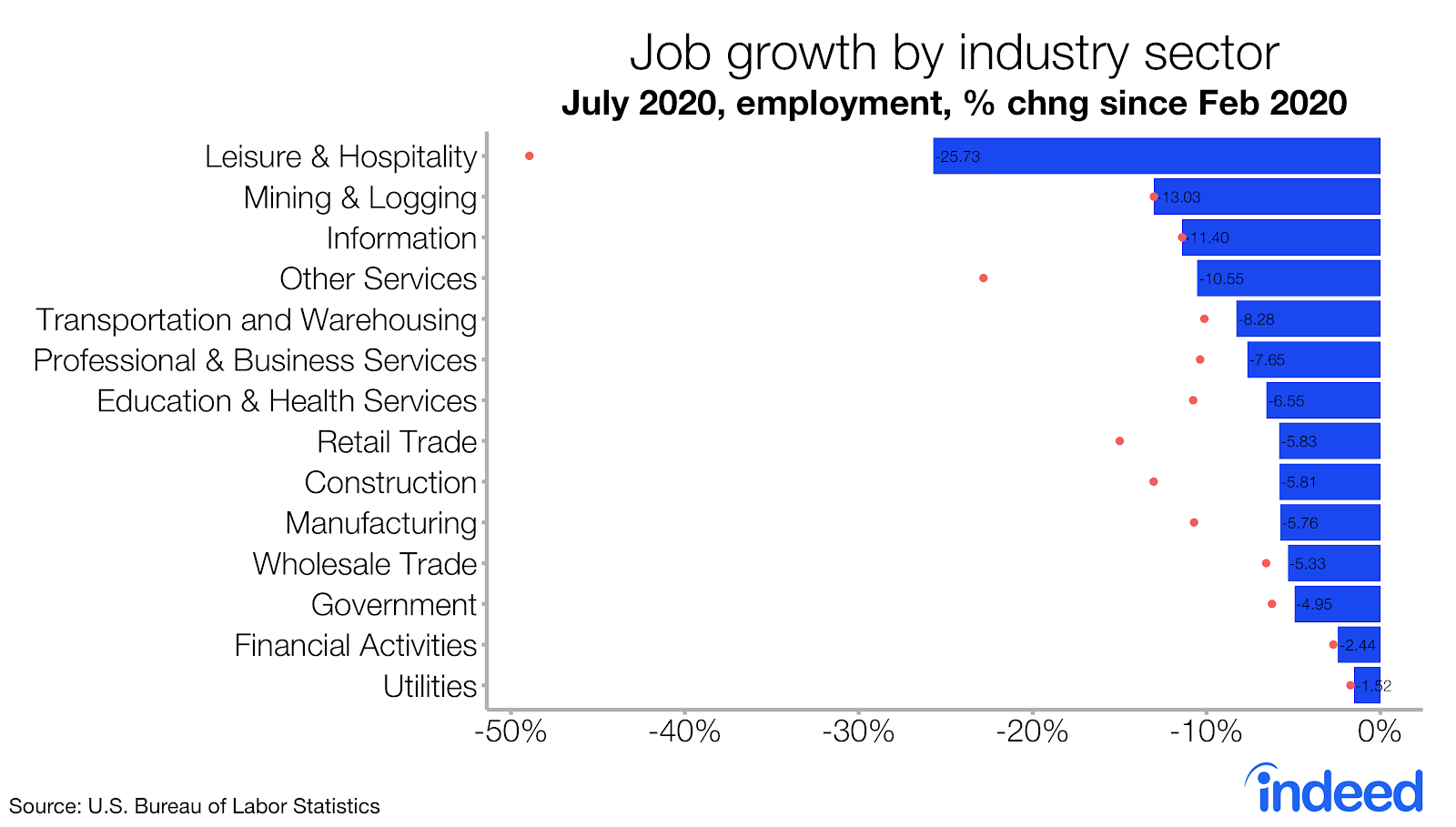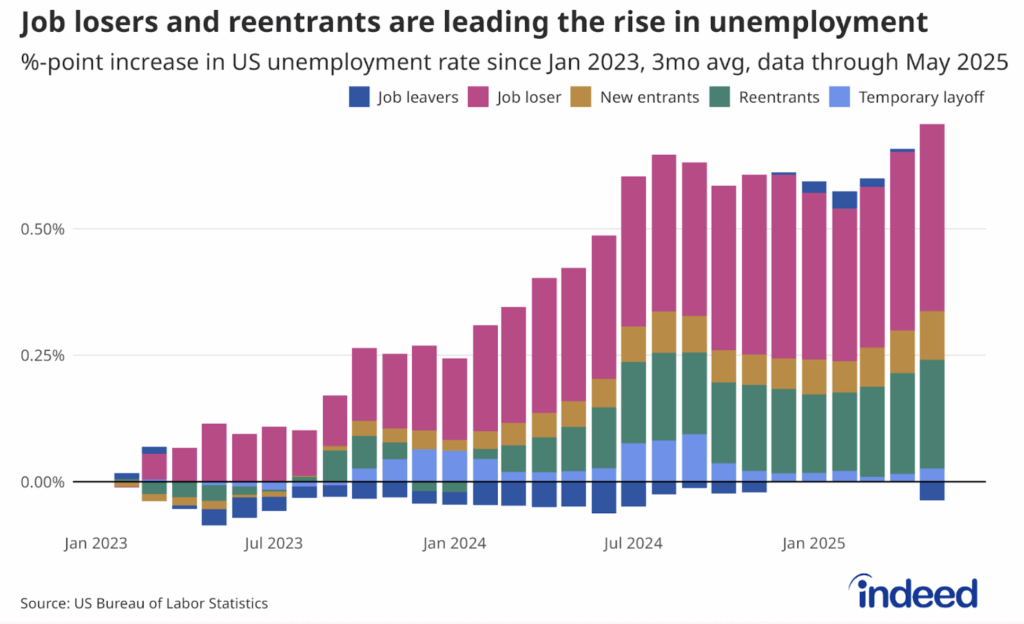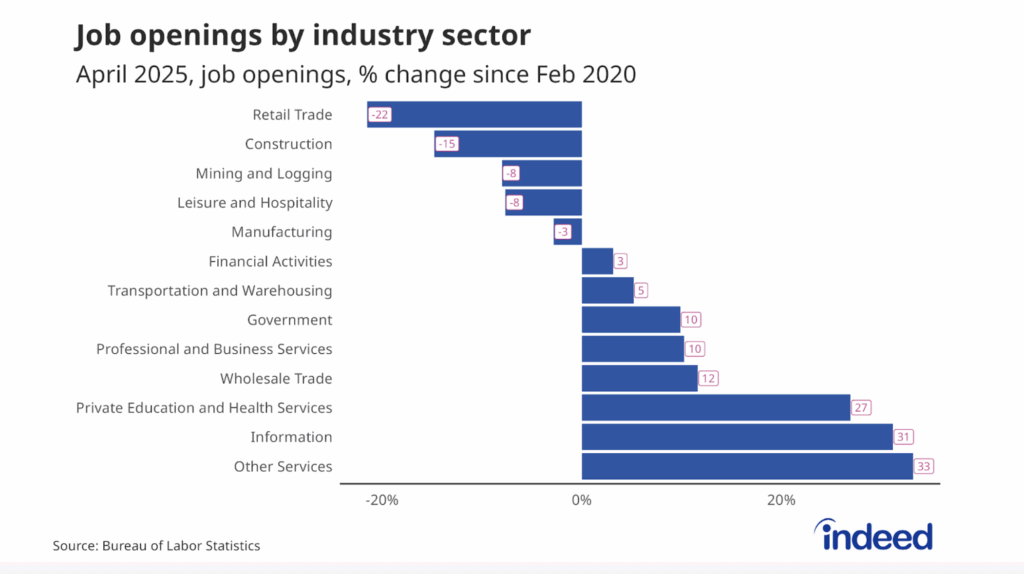This is not a V-shaped recovery. Adding 1.8 million jobs is not sufficient for any sort of speedy recovery after the astronomical job losses of early spring. The hit to total employment is still larger than the worst of the Great Recession, which, at its nadir, saw payroll employment drop by 6.3%. Progress is being made, but the pace has slowed and there’s still a ways to go.
Unemployment fell and it fell for the best possible reasons. Labor force participation was essentially flat, meaning the drop was a sign of workers actually getting jobs. More enduring forms of unemployment were flat and the core unemployment rate fell for the first time during the pandemic. Joblessness is still tremendously high, but it is moving in the right direction.
At the same time, job growth was not only insufficient, but its distribution is showing some ominous signs. The gains this month were less concentrated in the ravaged leisure and hospitality sector, where employment is still down more than 25% compared to February. Information, a sector not directly affected by the virus, is now the industry that’s taken the third largest cumulative hit.
The progress is encouraging, but let’s not lose sight of where we currently are. By both the unemployment rate and the cumulative hit to employment, the current labor market crisis is worse than the Great Recession, a supposedly once-in-a-generation economic crisis. Until the virus is under control, a full and sustained recovery will remain out of reach.






